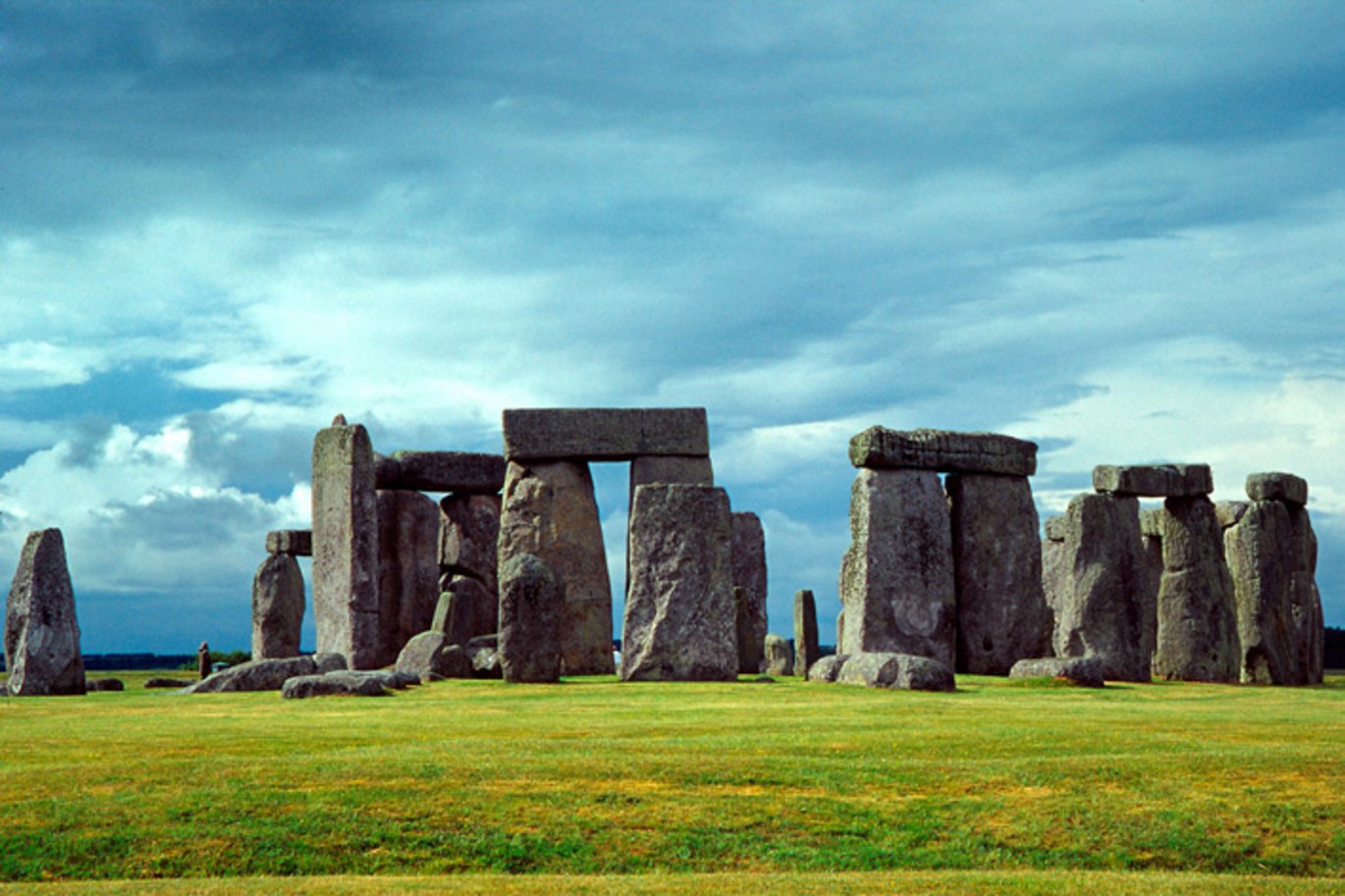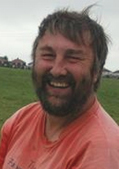The Stonehenge Riverside Project: New monuments – new results
Professor Mike Parker-Pearson, University of Sheffield, lectures in the weekly seminar forum of Prehistoric Archaeology.

Oplysninger om arrangementet
Tidspunkt
Sted
Aarhus Campus, the Lecture Hall at Moesgaard
The lecture is open to everyone.
Stonehenge is one of the great wonders of the prehistoric world because of its exceptional monumentality.
After years of new excavations and research, archaeologists have now provided completely new knowledge of the date, history and purpose of this unique monument.
One of the key advances has been to place the central monument of Stonehenge in relation to the surrounding monuments as well as the wider landscape and prehistoric monuments at the Salisbury Plain.
We now know much more about how Stonehenge developed over time in concert with its surroundings. Knowledge has for example been provided about the people who built Stonehenge – their place of origin, their daily life, their religious beliefs, and how they organized socially. Near the henge-enclosure of Durrington~Walls the project excavated a settlement with houses, now believed to have been inhabited by Stonehenge’s builders.
Mike Parker-Pearson is professor at the University of Sheffield with a Ph.D degree from Cambridge University and has previously worked for English Heritage.
Parker-Pearson received the award of `Archaeologist of the Year´ for 2010.
He is director of the collaborative Stonehenge Riverside Project gathering a number of renowned specialists in archaeology and science.
In 2010, this project won the title of Archaeological Research Project of the Year´ after the unexpected discovery in 2009 of the remains of a second stone circle, the so-called Bluestonehenge linked to Stonehenge itself.
He is an internationally renowned expert in the archaeology of death particularly in the periods of the Neolithic and the Bronze Age, but also specialises in the later prehistory and protohistory of Britain and Northern Europe.
He has published a large number of books and articles covering topics from architecture, funerary rituals, social identification, food and warfare to ethnoarchaeology, public archaeology, archaeological theory and heritage management.
He has made archaeological fieldwork in Britain, Denmark, Easter Island, Germany, Greece, Madagascar, Syria and the United States, and currently directs field projects in the Outer Hebrides, Madagascar and of course the Stonehenge World Heritage Site.
Parker-Pearsons portfolio of recent projects includes a number of front-line commitments in current archaeology. During his visit, Parker-Pearson will have the opportunity to communicate some of the preliminary results in ongoing projects as well as discuss areas of research cooperation in future projects.
• Stonehenge Riverside Project
• Feeding Stonehenge
• Stones of Stonehenge Project
• The Beaker People Project: migration, mobility and diet in Britain 2500-1700 BC
• The Outer Hebrides: settlement and society from prehistory to the post-medieval period
• Developing a 'mummy identification kit': mummification and bodily preservation in prehistoric Britain and Europe
• Southern Madagascar: society and landscape from human arrival to the post-colonial period

